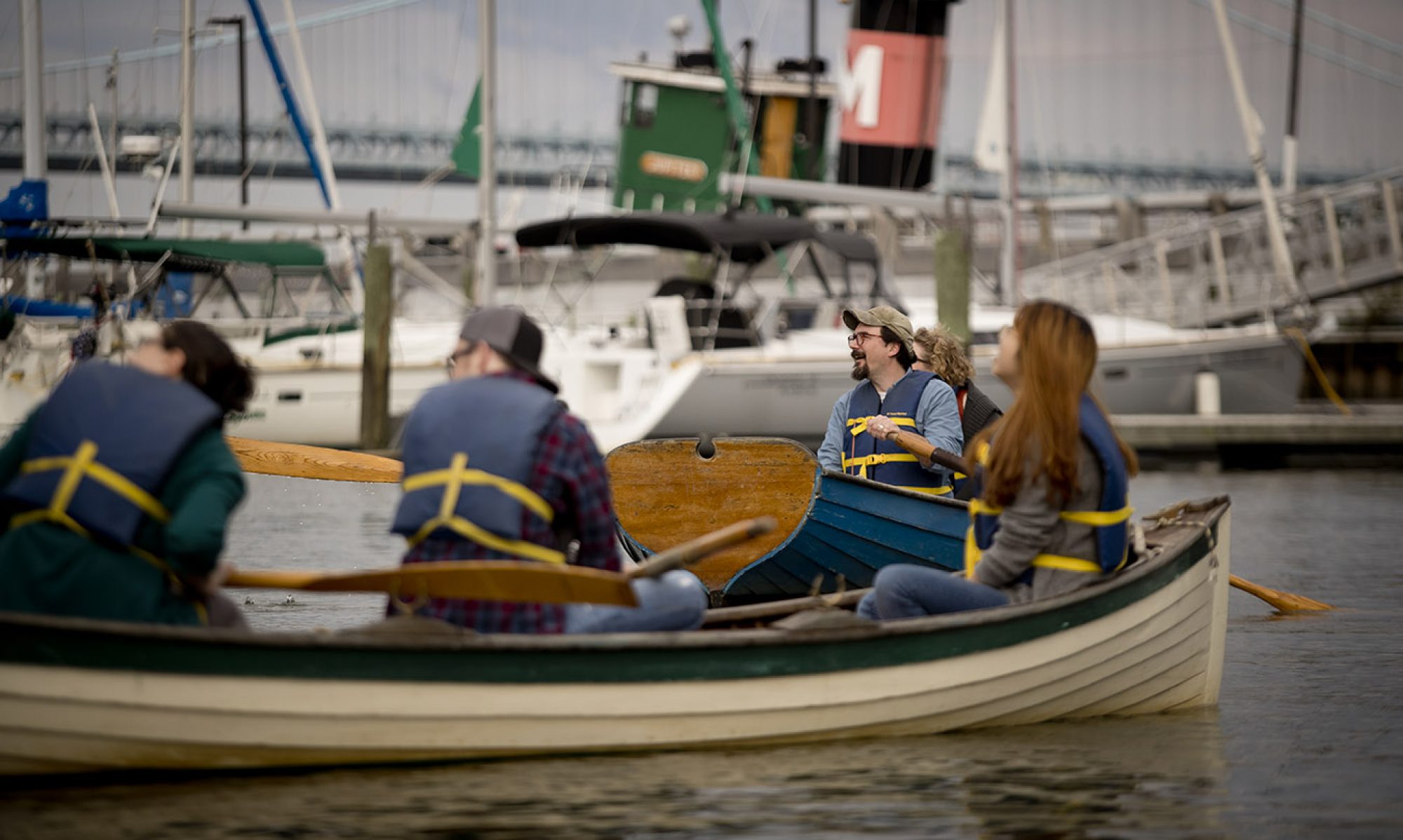 Amid last weekend’s rising rivers and lightening strikes, Hilary and I fled the city and headed south into the Brandywine River Valley. I wanted Wyeth country, but with the afternoon almost gone, we settled for a quick tour of the John Chads House. John Chads–after whom Chadds Ford, PA is named–built this three-story stone house during the 1720s. It’s a wonderful example of early Pennsylvania architecture that features original woodwork and masonry. The Chadds Ford Historical Society owns the place and offers regular tours although, as our guide indicated, visitation is way down this season. As of 4:30 on a Sunday afternoon, we were the day’s first visitors!
Amid last weekend’s rising rivers and lightening strikes, Hilary and I fled the city and headed south into the Brandywine River Valley. I wanted Wyeth country, but with the afternoon almost gone, we settled for a quick tour of the John Chads House. John Chads–after whom Chadds Ford, PA is named–built this three-story stone house during the 1720s. It’s a wonderful example of early Pennsylvania architecture that features original woodwork and masonry. The Chadds Ford Historical Society owns the place and offers regular tours although, as our guide indicated, visitation is way down this season. As of 4:30 on a Sunday afternoon, we were the day’s first visitors!
How that can be confounds me because, despite hard times for nearly all historic sites, the John Chads House boasts what may very well be the most irresistible souvenir that I’ve encountered anywhere in recent memory: fresh bread! Every year, in the run up to September’s Chadds Ford Days festival, master bread baker Lise Taylor churns thousands of loaves of bread out of the building’s beehive oven. Most of the bread is frozen until September when it’s thawed and sold to festival goers. The rest is gobbled up by house visitors, like us, lucky enough to show up at the end of a baking day. $4 buys you a steamy fresh-baked loaf; $10 buys three. It’s well worth it. There’s nothing new about house museums selling baked goods out of colonial kitchens. In fact, this is precisely the kind of thing that got Americans excited about historic tourism in the first place. Take for example the 1876 Centennial Exposition in Philadelphia where a “real” colonial kitchen turned out to be a big crowd pleaser. A century later, colonial kitchens–and their wares–remained a staple of living history museums during the nation’s 1976 bicentennial celebrations. Eating the stuff costumed interpreters make in bygone kitchens has since grown less common. I imagine this has partly to do with health and liability issues. Additionally, big operations like Colonial Williamsburg have learned how to make more money by funneling visitors into centralized stores that sell “authentic” copies of food and other products made throughout the museum.
There’s nothing new about house museums selling baked goods out of colonial kitchens. In fact, this is precisely the kind of thing that got Americans excited about historic tourism in the first place. Take for example the 1876 Centennial Exposition in Philadelphia where a “real” colonial kitchen turned out to be a big crowd pleaser. A century later, colonial kitchens–and their wares–remained a staple of living history museums during the nation’s 1976 bicentennial celebrations. Eating the stuff costumed interpreters make in bygone kitchens has since grown less common. I imagine this has partly to do with health and liability issues. Additionally, big operations like Colonial Williamsburg have learned how to make more money by funneling visitors into centralized stores that sell “authentic” copies of food and other products made throughout the museum.
The John Chads house, however, is a pretty small operation, but all the more charming as a result. And it doesn’t take itself too seriously. You won’t get a certificate of authenticity with your bread nor promises that it tastes just like it would have two centuries ago. It is, like all good sourvenirs, a charming (and tasty) reminder of an interesting experience. And in this case, charm pays. Charm is  a prickly proposition at museums and historic sites. For starters, it’s very diffcult to define. What is charm? How do you budget for it? When done carefully, charm enhances educational missions and keeps visitors coming back. If mishandled, though, charm can quickly turn good history into naive nostalgia or, in extreme cases, heavy-handed ideology. One way or the other, it’s hard to deny that charm makes good business sense. Fresh baked bread may not solve all budget woes, but in these hard times, pehaps modern historic sites can learn a thing or two from their predecessors.
a prickly proposition at museums and historic sites. For starters, it’s very diffcult to define. What is charm? How do you budget for it? When done carefully, charm enhances educational missions and keeps visitors coming back. If mishandled, though, charm can quickly turn good history into naive nostalgia or, in extreme cases, heavy-handed ideology. One way or the other, it’s hard to deny that charm makes good business sense. Fresh baked bread may not solve all budget woes, but in these hard times, pehaps modern historic sites can learn a thing or two from their predecessors.




